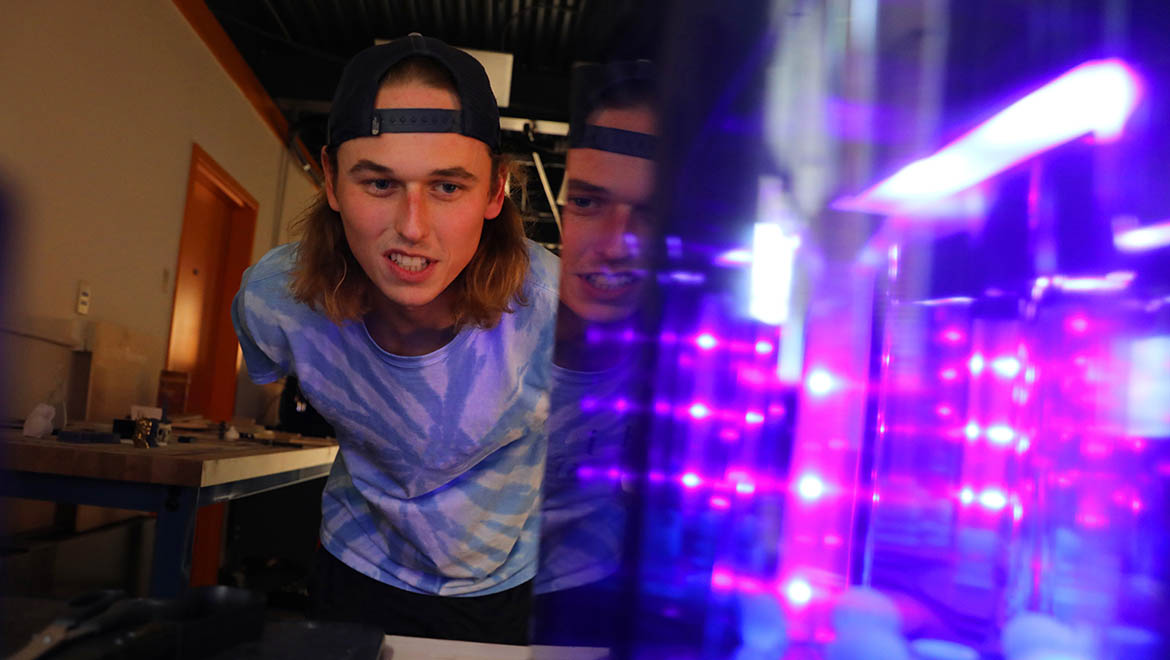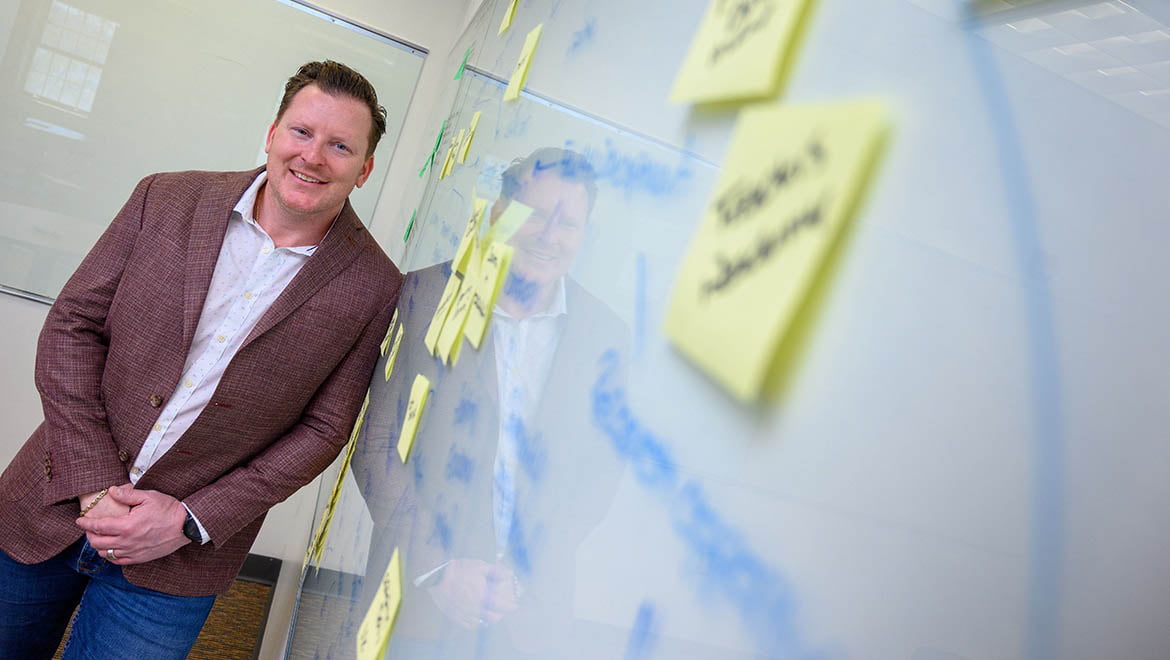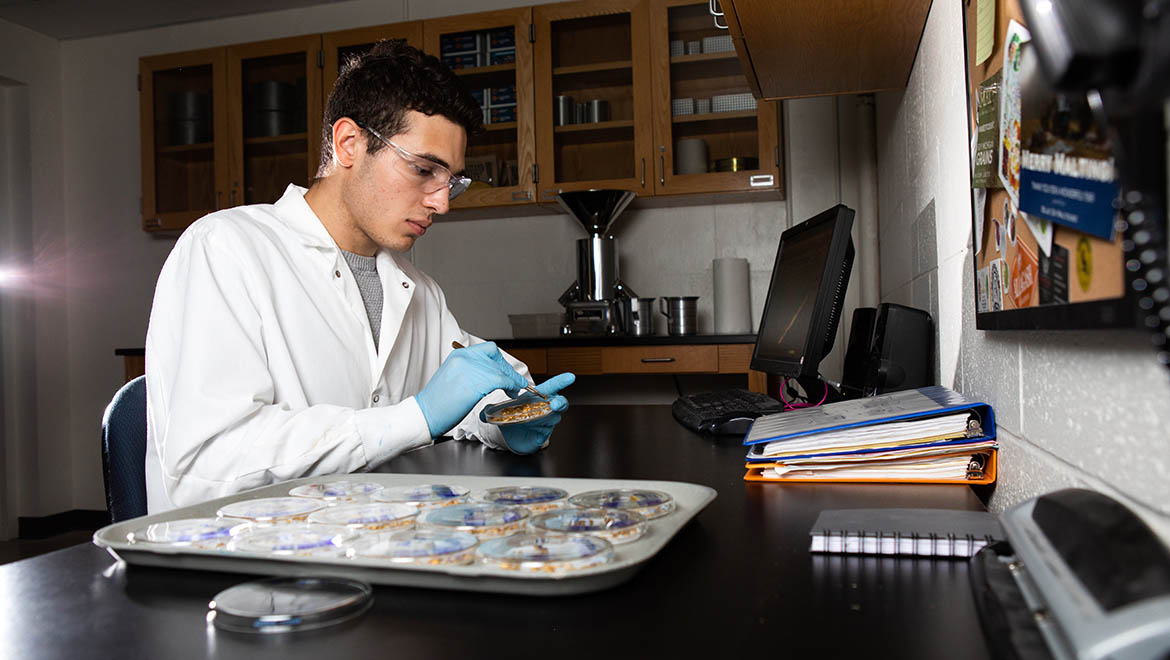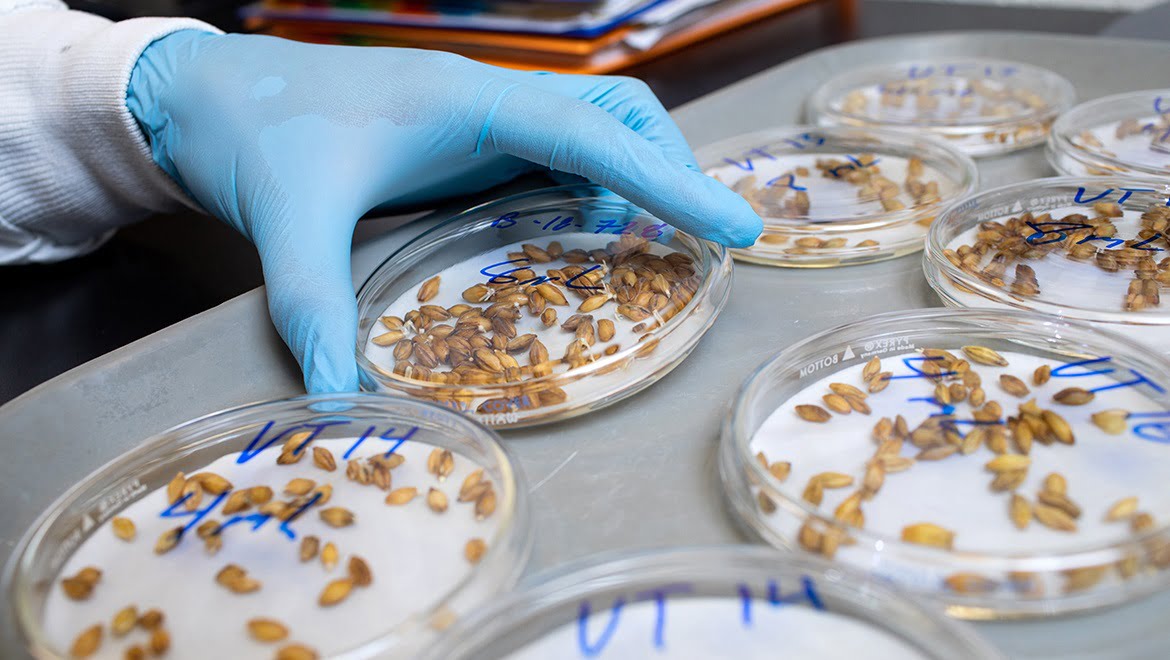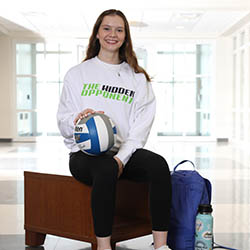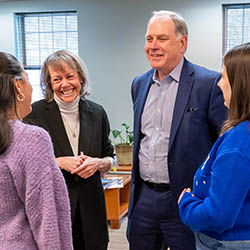THE CULTURE IS THE KEY
“Our objective is to create and establish a culture of innovation and entrepreneurship, and I think that’s achieved in two ways. One is through curriculum, and the second is through physical space,” said Walsh.
Walsh has already made inroads on both fronts, tapping members of the newly-formed GCCI Advisory Council for their advice. Keith Granet ‘79, CEO of Studio Designer, and a highly sought after expert in design business consulting, and was among the first Walsh approached.
“Creativity and innovation don’t necessarily need a space to be ignited,” said Granet. “But what a creative space does is inspire people to think about their environment, how they interact with others and how they can feed off of each other. Being around beautiful spaces has the ability to inspire us and lift our spirits to and engage our senses in a way that a less appealing environment can distract us”
While innovation may be a buzzword to some, GCCI strives to make innovation a key building block of Hartwick’s DNA by honing in on the social aspect. Social innovation takes the expertise of Hartwick’s faculty and students and connects it to the needs of the community, both local and global. Students can tackle real-world challenges such as sustainable agriculture, food insecurity, and carbon emissions.
The CCFB is one example of that. Director Harmonie Bettenhausen has long pursued her deep interest in the intersection of agriculture, food and science. In her role, she provides testing, research and education to national and international craft breweries, malthouses, farms and other food and beverage producers. After completing her Ph.D. in agriculture at Colorado State University, she set her sights on Hartwick with a goal of serving the community.
“A lot of what we do with any client is to help educate them about the value and quality of their own product. For example, many small craft breweries and distilleries don’t think they have [the resources] to implement a sensory testing program to monitor consistency,” she said. “There’s such a science built up around it, but learning how to do that for yourself is really empowering for people. It teaches them how to talk about their product.”
Education happens both ways. In the same way that sensory testing teaches clients how to talk about their product’s aroma, mouthfeel and taste, CCFB student interns gain similar knowledge that translates to marketable skills and employment opportunities.
There’s a common misconception that students need a graduate degree to work in a place like CCFB.
“I ask [students] questions like, ‘Are you good at public speaking? Or using instruments? Do you like microbiology?’” Bettenhausen said. “There are so many opportunities that aren’t even realized in the food and beverage and agriculture industry that are impactful.”
Bettenhausen doesn’t take for granted Hartwick’s neighboring agricultural community. Every year she travels to Washington, D.C., with a farmer and fellow constituent from New York, along with representatives from many other states, to meet with members of Congress. Together they promote barley and research incentive funding to tackle issues like disease resistance and climate resiliency which have grave effects on the quality of barley.
ENGAGED LEARNING
Professor of Economics Carli Ficano has been teaching at Hartwick since 1997. Throughout her evolution as an educator and scholar, she has increased her focus on student learning that bridges content knowledge with what happens in the community. Long before her arrival, this type of engaged learning was a trademark at Hartwick among colleagues.
Ficano took note.
“We have a long history of engaged learning, but it’s never been hardwired,” she said.
Ficano sees the GCCI’s continued expansion as a way to build out connections to the community — not just in Otsego County, but around the world.
This year, a new FlightPath course introduces students to food systems and human-centered design. Ficano co-teaches this course with Kevin Schultz, associate professor of physics, and Walsh. Together they cover concepts such as life cycle analysis, energy use, negative and positive externalities in food production, and design thinking. The class helps students identify structural weaknesses and pain points within the U.S. food system and consider ways to alleviate them from the perspective of the end user.
“Students work in teams to identify innovative solutions that can change their own experience and the experience of those who come after them around food on campus,” Ficano explained.
In her introductory microeconomics class, Ficano uses an interactive approach to teach students about consumption in a world of finite resources.
“Students calculate their ‘ecological footprint,’ which is an online, accessible survey tool that helps them see how their current consumption decisions affect global resource availability through their food, transportation and housing decisions,” she instructed.
From there, students can discuss ways in which the markets are not working and how public policy can guide those markets to a better outcome.
“This is why I like the ecological footprint exercise, because it brings it down to something tangible,” Ficano added. “It gives students a concrete way of making a difference in both their own lives and in the larger world.”
BEING NIMBLE
Innovating from an academic perspective also means considering the generational spectrum that exists in today’s college classrooms.
“Education has the power to be transformative,” said Walsh. “With the proliferation of technology and artificial intelligence, there are going to be millions of people who need to upskill to stay relevant.”
Professor of Art and Design Joseph Von Stengel is at the forefront of digital media and augmented reality (AR). Like Walsh, Von Stengel believes that understanding technology equals a secure future in an ever-evolving digital landscape. Von Stengel has always been drawn to new technologies. At an early age, he fell in love with programming and combined that interest with art, photography and graphic communications.
“My students understand how to be nimble with technology no matter where they work,” said Von Stengel. “If you’re a nursing student, but you’ve learned to think about new technologies, you might be a nurse who comes up with the next thing that solves a problem in medicine.”
One of Von Stengel’s biggest achievements has been the development of the Fab Lab. While a traditional print lab produces images on paper, the Fab Lab is home to digital equipment that allows students to print in plastic, or to cut or etch designs into wood, leather, metal and plastic. Luce was present when Von Stengel unboxed the first 3D printer.
Von Stengel is a constant creator. His portfolio is a dynamic showcase of software he’s learned, mastered and integrated into classroom projects. In his first FlightPath class, he helped students to create a story-driven AR experience using Membit, an augmented reality app that led students and visitors around campus. It was created to allow first-year students to learn about the campus in a fun way and provide an AR campus map using their smartphones.
